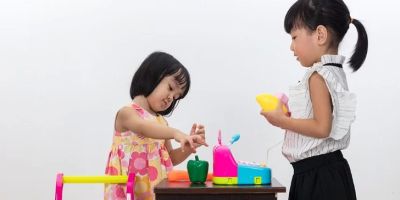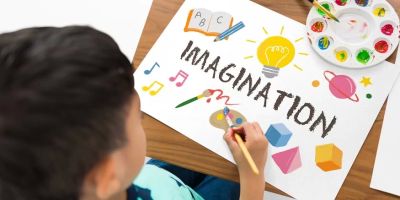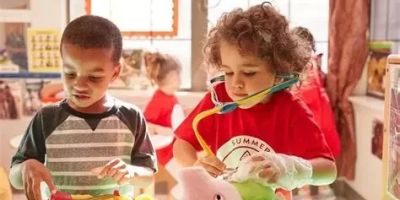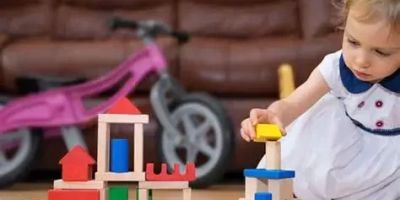Using Toys in Therapy: Creative Approaches to Engage and Empower Children
As a therapist working with children, I’ve always believed that play is an essential part of the healing process. Through play, children can express themselves in ways words sometimes can’t. Toys serve as a bridge between a child’s inner world and the outside, making therapy more engaging and effective. In my experience, incorporating toys creatively into therapy sessions has proven to be incredibly beneficial. Today, I’ll share some of the most creative ways toys can be used in therapy, ways that have helped countless children communicate, heal, and grow.
1. Storytelling with Figurines
One of my favorite therapeutic tools is using figurines or small dolls. These simple toys provide children the opportunity to create stories and scenarios. Through storytelling, children can express their emotions and experiences in a safe and controlled environment. I once had a child struggling with anxiety, and we used action figures to create stories about bravery and overcoming fears. It was remarkable to see how the child, by manipulating the figures, began to process their own feelings of fear and found ways to confront them in their stories. It not only made the therapy session more enjoyable but also facilitated deep emotional processing.
2. Sensory Toys for Self-Regulation
For children dealing with emotional regulation issues or sensory sensitivities, sensory toys can be invaluable. Toys such as stress balls, textured materials, or even toys with light and sound features can help children ground themselves during a session. One particular therapy session I recall involved a child who struggled with emotional outbursts. By using a soft squishy toy, the child was able to calm down and refocus on the therapy process. The tactile stimulation provided a soothing outlet, which allowed them to regulate their emotions more effectively. Sensory toys are simple yet incredibly effective in helping children manage their emotions and remain engaged in therapy.
3. Building Trust through Role-Playing Games
Role-playing games are not just fun—they are a powerful tool in therapy. Using toys such as puppets, dolls, or action figures, children can reenact scenarios from their life or create new situations that help them make sense of the world around them. A story that stands out to me is of a child who had trouble trusting adults. During our therapy, we used puppets to act out different social situations, like making friends or asking for help. Through the puppets, the child was able to express their fears and eventually take on a more active role in these scenarios, which was a breakthrough moment in building trust. Role-playing also helps with problem-solving skills, conflict resolution, and empathy.
4. Therapeutic Board Games for Social Skills
Board games are another fantastic tool for therapy. Not only do they provide a structured way to interact, but they also teach children important social skills such as turn-taking, cooperation, and managing frustration. I remember a young child who had difficulty socializing with peers. During therapy, we played board games that encouraged communication and teamwork. The child learned how to wait their turn, celebrate victories, and handle losses gracefully. Over time, this helped them build more positive relationships with others and gain confidence in social situations.
5. Drawing and Craft Activities to Express Feelings
Sometimes, the best way to help a child express their emotions is through creative activities like drawing or crafting. Incorporating toys into these activities, such as using figurines to inspire a drawing or building something out of blocks, adds another layer of engagement. I once worked with a child who had trouble verbalizing their feelings. By combining drawing with the use of small toy animals, the child began to create stories through their art. The toys acted as a catalyst for their imagination, allowing them to express complex feelings through colors and shapes. This simple yet effective activity encouraged emotional release and self-expression.
6. Collaborative Toy Building for Teamwork
Building toys, whether it's blocks, Lego sets, or other construction toys, are great for teaching collaboration and teamwork. I often use these types of toys during therapy sessions to work on group dynamics, especially for children who struggle with cooperation. During a group therapy session, I introduced a Lego challenge where children had to work together to build a structure. Not only did they practice following directions and collaborating, but they also learned the value of working with others. This activity helped foster better social skills and gave the children a sense of achievement and camaraderie.
7. Toy Animals for Emotion Exploration
Toy animals are another creative way to explore emotions and teach empathy. By assigning different feelings to various animal figures, children can explore a range of emotions in a safe, non-threatening way. I had one child use toy lions, rabbits, and elephants to represent their emotions of anger, fear, and calmness. Through this process, they were able to articulate their feelings more clearly and even engage in problem-solving by creating scenarios where the animals helped each other. This activity not only promoted emotional understanding but also reinforced positive behavioral changes.
8. Music and Toy Instruments for Expression
Music is a powerful therapeutic tool, and toy instruments are a great way to engage children in expressing themselves through sound. I’ve used xylophones, drums, and tambourines during therapy sessions, and the results have been astounding. When children play instruments, they often use rhythm and sound to reflect their emotional state. A shy child who typically struggles with verbal communication once used a tambourine to express feelings of excitement and joy. The rhythmic beats allowed them to release emotions and feel a sense of control over their environment.
9. Action Figures for Coping Strategies
Action figures are fantastic for helping children visualize and practice coping strategies. I once worked with a child who was dealing with a difficult situation at school. Using action figures, we created a scenario where the characters had to deal with conflict and find ways to calm down. Through this imaginative play, the child was able to explore different solutions to their real-life challenges and develop healthy coping mechanisms in a low-pressure environment.
10. Outdoor Toys for Active Therapy
Sometimes therapy needs to be more physical. Outdoor toys like balls, jump ropes, or even simple objects like cones or hula hoops can be used in creative therapy activities. These activities not only help children develop motor skills but also offer an outlet for energy, which is often essential in therapy for children with ADHD or hyperactivity. I had a session where we used a ball to practice following directions and taking turns. The child loved the physical activity and was able to focus better afterward.
These creative approaches to using toys in therapy are just a few of the many ways I’ve found to engage children and help them work through their challenges. Whether it's through storytelling, role-playing, or sensory play, toys can transform a therapy session into an engaging and impactful experience. If you’re looking for the right toys to use in therapy, check out Knight Toys for a selection of therapeutic toys that are perfect for your practice or home. Let’s keep playing and learning together!





